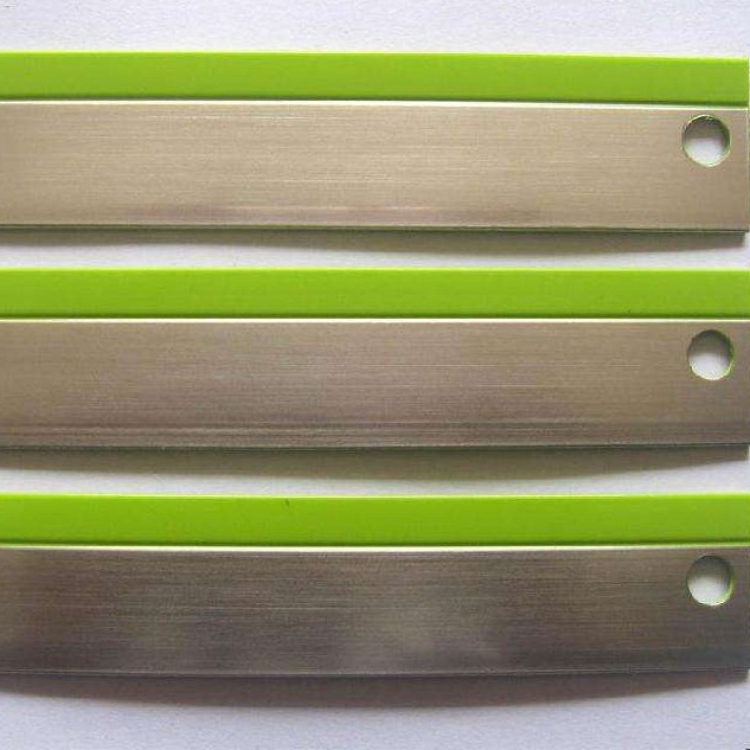In today’s world, environmental sustainability is a crucial consideration for businesses and consumers alike. As the demand for eco-friendly products continues to grow, the furniture industry is also making strides towards more sustainable practices. One area where significant progress has been made is in the use of OEM PVC edge for furniture manufacturing. This innovative material offers a range of environmental benefits that make it an attractive choice for both manufacturers and consumers.
OEM PVC edge is a type of edge banding that is used to finish the exposed edges of furniture panels. It is made from polyvinyl chloride (PVC), a versatile and durable plastic material that is widely used in various industries. When it comes to environmental benefits, OEM PVC edge has several key advantages that set it apart from other edge banding materials.
One of the primary environmental benefits of OEM PVC edge is its recyclability. PVC is a highly recyclable material, and OEM PVC edge can be easily recycled and reused in the production of new edge banding products. This helps to reduce the amount of waste that ends up in landfills and minimizes the need for virgin plastic materials. By choosing OEM PVC edge for furniture manufacturing, companies can contribute to a more circular economy and reduce their environmental impact.
In addition to being recyclable, OEM PVC edge is also known for its durability and longevity. Unlike some other edge banding materials, PVC is highly resistant to wear and tear, moisture, and chemicals. This means that furniture finished with OEM PVC edge is likely to have a longer lifespan, reducing the need for frequent replacements and minimizing the overall environmental footprint of the furniture industry.
Furthermore, the production process for OEM PVC edge is relatively energy-efficient compared to other materials. PVC can be manufactured with lower energy consumption and fewer emissions compared to alternative materials, making it a more environmentally friendly choice for edge banding. This is an important consideration for furniture manufacturers looking to reduce their carbon footprint and minimize their impact on the environment.
Another significant environmental benefit of choosing OEM PVC edge for furniture is its low maintenance requirements. Furniture finished with PVC edge banding is easy to clean and maintain, reducing the need for harsh chemical cleaners and minimizing the environmental impact of furniture care and maintenance. This can contribute to a healthier indoor environment and reduce the use of potentially harmful cleaning products.

From a consumer perspective, choosing furniture finished with OEM PVC edge can also have environmental benefits. By investing in durable, long-lasting furniture, consumers can reduce the frequency of furniture replacements, ultimately reducing the amount of waste generated and the resources consumed in the production of new furniture.
In conclusion, OEM PVC edge offers a range of environmental benefits that make it a sustainable choice for furniture manufacturing. Its recyclability, durability, energy-efficient production, and low maintenance requirements all contribute to a reduced environmental impact compared to alternative edge banding materials. As the demand for eco-friendly products continues to grow, OEM PVC edge is poised to play a significant role in the sustainable transformation of the furniture industry. By choosing OEM PVC edge for furniture manufacturing, companies and consumers can contribute to a more sustainable future while enjoying high-quality, long-lasting furniture products.
Post time: Jul-26-2024



















